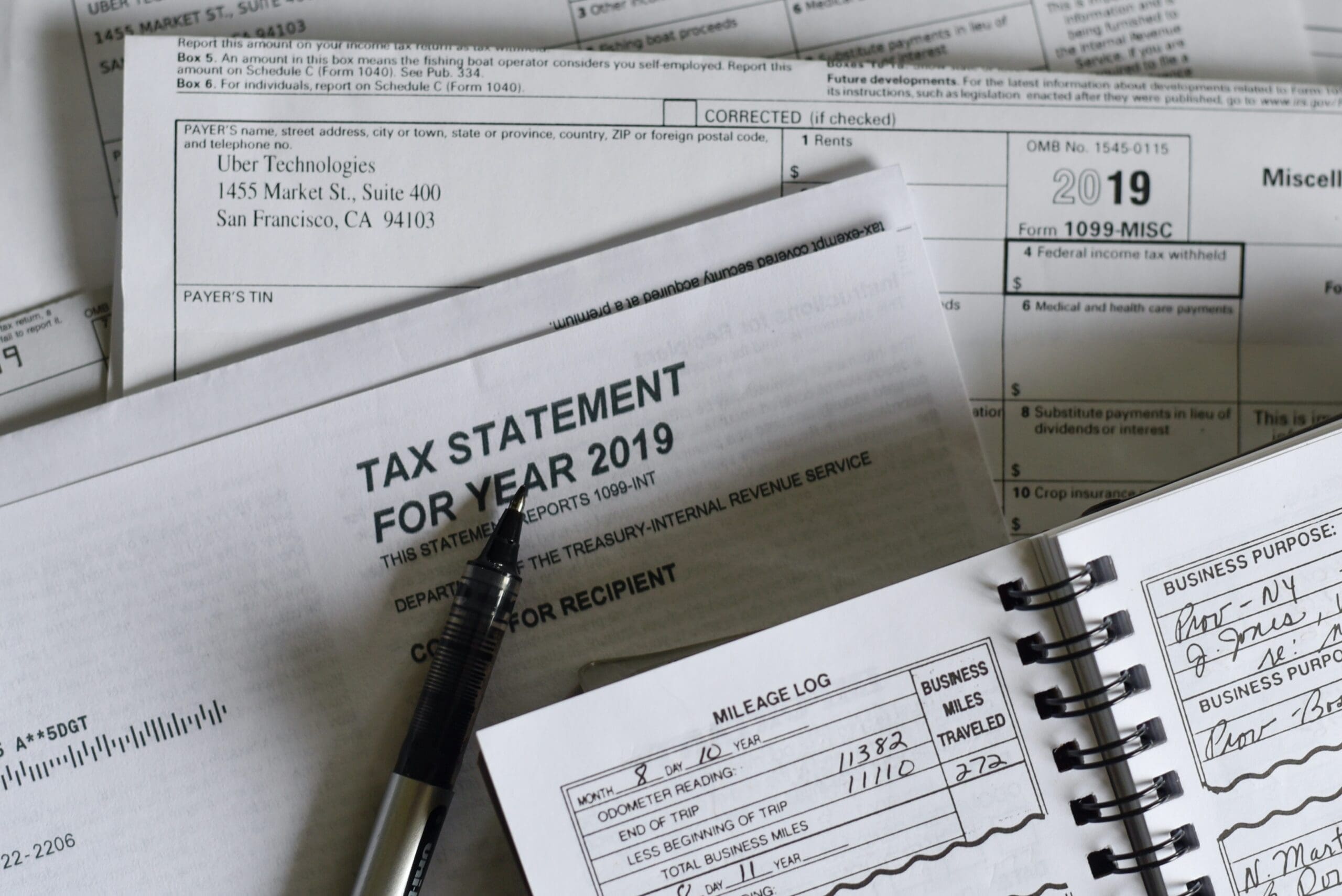
Taxes are an inevitable part of our life. Whether you are a salaried employee or a self-made entrepreneur, paying income tax is a must for all. As a regular taxpayer, you might be aware of the usual tax-saving investments offered under Section 80C of the Income Tax Act, 1961.
Deductions under Section 80C help you reduce your taxable income by up to Rs. 1.5 lac. Individuals or members of a Hindu Undivided Family (HUF) can use the following tax-saving investments under Section 80C:
| Tax saving investments under Section 80C | Lock-in Period (in years) |
| ELSS Mutual Funds | 3 |
| Public Provident Fund (PPF) | 15 |
| Bank Fixed Deposit | 5 |
| National Pension System (NPS) | Until retirement |
| National Savings Certificate (NSC) | 5 |
Although Section 80C tax saving instruments are well-known in India, there is more to your tax planning. As a taxpayer, it is imperative to know all the available tax-saving investments beyond Section 80C. Here is a list of deductions other than Section 80C to reduce your annual tax liability:
Section 80D
It allows you to claim a deduction of up to Rs. 25,000 on premiums paid towards health insurance for you, your spouse, and children. This amount increases to Rs. 50,000 for those above 60.
Moreover, you can also claim an additional deduction on premiums paid towards your parents’ health insurance. For parents below 60, this deduction is to the extent of Rs. 25,000, while for those above 60, it is Rs. 50,000.
Thus, you can claim a maximum deduction of up to Rs. 1 lac under Section 80D.
There are two other sub-categories under Section 80D, namely Section 80DD and Section 80DDB, which you can also look at to see if you’re eligible for the deductions.
Section 80E
Under this section, an individual claim a deduction on the interest paid on an education loan for self, spouse, or children. Be wary, the deduction is only on the interest paid and not on the principal amount. However, there is no such cap on the maximum amount one can claim as a deduction, but it is only available for 8 years from the moment you start repaying your loans.
Section 80E also has two sub-categories, namely Section 80TTA and Section 80EE.
Under Section 80TTA, individuals and HUFs can claim a maximum deduction of Rs. 10,000 against total interest income from a bank/post office savings account.
Section 80EE allows individuals to claim tax benefits on the interest paid on a residential housing loan. This exemption allows you to save up to Rs. 50,000 per annum until your loan amount is completely repaid. However, this exemption only kicks in once you have exhausted the limit of Rs. 2 lac offered under Section 24.
Section 24
Availing a home loan makes you eligible for a tax exemption on the interest payments under Section 24 of the Income Tax Act, 1961. Interest paid to the tune of up to Rs. 2 lac can be shown as a tax-exempt expense to reduce your overall tax liability.
To conclude, start your tax planning in the first quarter of every financial year to ensure you save more. Go beyond Section 80C this year and make informed investment decisions. Happy investing!

Be the first to comment